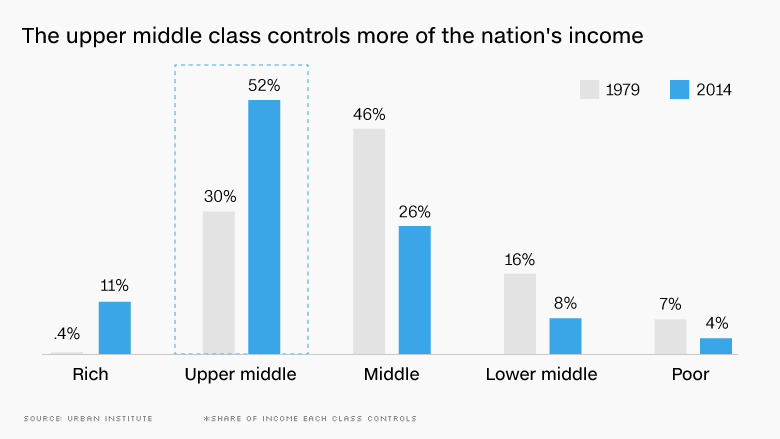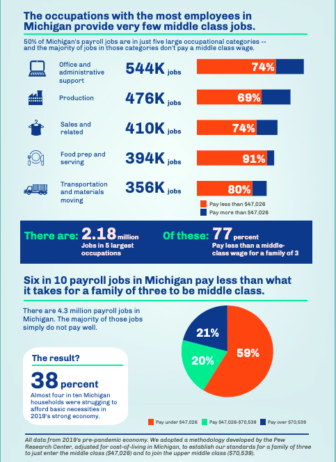

Average hourly earnings, by contrast, are down 2.7% when adjusted for inflation. Families are paying $3,500 more this year for the basic set of goods and services that the Consumer Price Index (CPI) follows than they did last year. In the past year alone, home prices have leaped 20% and the cost of all goods is up 8.5%. Some people measure that by whether a family has a second refrigerator in the basement or a tree in the yard, but Richard Reeves, director of the Future of the Middle Class Initiative at the Brookings Institution, says that what really matters is whether people feel that they can comfortably afford the “three H’s”-housing, health care, and higher education. They may have more money in the bank, but being middle class in America isn’t only about how much you make it’s about what you can buy with that money. “Our income supposedly makes us upper middle class, but it sure doesn’t feel like it."īut 18 months later, they increasingly suspect that any sense of financial security was an illusion. About one-third of middle-income Americans felt that their financial situation had improved a year into the pandemic, according to Pew Research, as they quarantined at home while benefiting from stimulus checks, child tax credits, and the pause of federal student-loan payments. The pandemic seemed at first as if it might offer a chance to catch up they kept their jobs as the service sector laid off millions, their wages started climbing at a faster rate as companies struggled to find workers, and they began saving more than they had for decades. families have been treading water for decades-weighed down by stalled income growth and rising prices-but the runaway inflation that has emerged from the pandemic is sending more than a ripple of frustration through their ranks. That’s the part that kind of just breaks my mind.” “I don’t have an asset that I can sleep in that makes more money than my daily labor. “Their house probably made more money for them than working their job,” he says. They both have degrees from good colleges and promising careers, but even the $90,000 down payment they saved up was not enough when the seller wanted much more than the bank was prepared to lend on the home they wanted.Ībdalla’s parents, by contrast, own two homes his wife’s parents own four. The exasperation of Omar Abdalla, 26, peaked after his 12th offer on a home fell through, and he realized how much more financial stability his parents, who were immigrants to the U.S., were able to achieve than he and his wife can.



“There’s no right choices it feels like they’re all wrong.” “It’s just moral and physical and emotional exhaustion,” she says. (She’s in a dispute with her loan servicer, Navient, about how her repayments were calculated.) She and her husband know they’re more fortunate than most-both have good jobs-but they feel so stuck financially that they can’t envision taking on the cost of having children. For Jen Dewey-Osburn, 35, who lives in a suburb of Phoenix, the rage arose when she calculated how much she owed on her student loans: although she’d borrowed $22,624 and has paid off $34,225, she still owes $43,304.


 0 kommentar(er)
0 kommentar(er)
